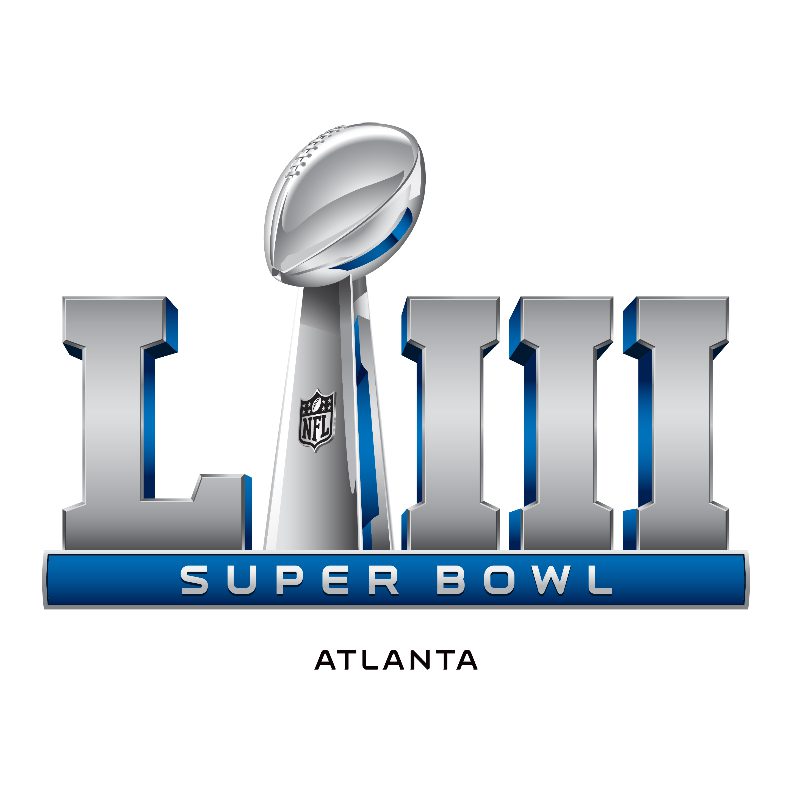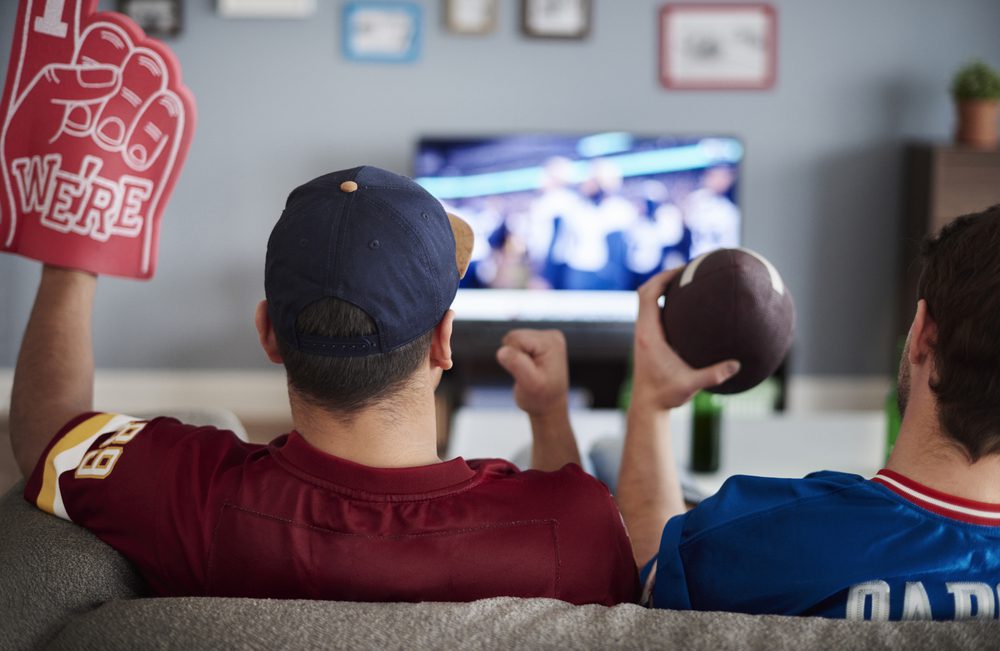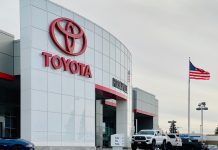When an ad during Super Bowl runs for thirty seconds, advertisers spend around $5 million to gain this privilege. Since 2007, this price has more than doubled. So, why are automotive companies shelling out the big bucks to run ads during the Super Bowl?
According to Susie Rossick, Honda Auto’s Marketing AVP, ads played during the Super Bowl are viewed by over 110 million people and not one of them turns away when the commercials come on. It’s a great platform to introduce a new vehicle that provides great returns.

As stated before, a thirty-second ad during the Super Bowl LIII will cost brands around $5 million in 2019. Currently (Jan 2019), the automotive companies that have reserved ad spaces include Kia, Mercedes-Benz, Hyundai, Toyota, and Audi.
Some companies that have chosen to opt out of advertising during the event include Acura, Nissan, Jaguar, Land Rover, Mini USA, and Lexus. Though these have decided to sit out, that does not mean that they are not advertising separately around the event – they just won’t be advertising during the Super Bowl LIII.
This year, 2019, the ads have reached a record high price per the thirty-second slots. That price doesn’t even include the other aspects that are necessary to create a successful Super Bowl ad campaign. In fact, the total price spent often ends up costing more than $30 million.
You might wonder, is a Super Bowl ad really worth it’s $5 million price tag? The answer to this question can vary quite a bit depending on your circumstances. If you are a small brand that cannot afford this high of a price tag for a 30-second ad, then it might be more worthwhile for you to just invest in multiple ads for other events or air their own ads around the Super Bowl theme. If you are a big brand, then it might actually be worth it for you to showcase your brand and products during the Super Bowl commercial period. It is a unique event as it draws a large live audience in an era of skipping ads and DVR programming. The game provides brands and companies with massive reach in a world with a diminished scale – making the commercials even more valuable. These days, companies start to tease their ads towards the end of January to get their consumers excited. They also incorporate big celebrities to get the word out even faster. Brands that spend millions of dollars for ad space during the Super Bowl games chase the same hope that after the game, people will continue to talk about them. That’s why advertisers pull out all the stops to grab their viewers’ attention. In the early years, all of the ads played during Super Bowl were quite similar, if not the same – only a select few were actually memorable. The modern Super Bowl ad phenomenon can be traced back to 1984’s Super Bowl, where Apple aired a sixty-second ad that was titled ‘1984’. Instead of a typical ad, it was styled more as a short movie that encaptured the atmosphere of George Orwell’s book. That ad started a movement into the modern storytelling genre for advertisements. In 1967, a thirty-second advertisement spot cost around $42,000, which equivalates to around $300,000 in today’s dollars. In today’s dollars, that is about a 1,566 percent increase, which is undoubtedly a large leap in the cost in the fifty-two years that it’s been since 1967. Nowadays, the reason behind why networks charge such extravagant prices is because the most recent Super Bowls have the power to provide brands with an extreme version of what sports generally offers. The success in an ad is often measured by the laughs that it gets. The typical television advertisement deploys humor roughly twenty percent of the time. But in the case of the Super Bowl, it increases to 50%. Even with all of this, the question that still continues to come up is that, why do Super Bowl ads still matter? In this day and age of Instagram, Facebook, and Youtube (among others), that is a valid question to be asked. Why are companies still throwing out millions of dollars for thirty-seconds? The quick answer to that is that the Super Bowl is still the biggest game ever and there is nothing that comes even remotely close to it. We went as far back as we could find and the results were still in the millions. In 1990, the number of people that watched the Super Bowl was roughly 74 million. In 2018, that number was roughly 104 million. Though that number did drop since the 112 million from 2017, it is expected to rise back up in 2019’s Super Bowl LIII.
Today, the Super Bowl is just about the game as it is about the commercials. So, if you decide to hop on the $5 million bandwagon, then here are five tips that we’ve learned from previous years of Super Bowl advertisements.
- Humor will only work well if it’s done well
Humor works great at getting people to remember your brand and your advertisement. M&M, Bud Light, and Amazon are just a few notable brands that have gone down the humor rode in their Super Bowl ads. Keep in mind though that these ads are not easy to do, and there have been tons of brands that have tried and failed. So, just get a decent number of people to review your campaign internally before launching it.
- Keep it simple, but only if implemented perfectly
Your advertisement idea does not have to be very complication, but it should be implemented perfectly for it to be a success. Amazon’s ‘Alexa Lost Her Voice’ and Tide’s ‘It’s A Tide Ad’ were simple concepts, but the filming, timing, casting, and idea was flawless. This means that you need to go through every part of your advertising campaign to ensure that everything is flowing smoothly. This includes proofreading outgoing tweets, collaborating with influences, coordination your promotion plan, testing your app, and editing your video.
- Hit them ‘in the feels’
Advertising brands that humanize your brand allow your audience to connect with your company like never before. The best of these types of advertisements focus on telling inspirational stories that touch the emotions of the viewer with the product/brand being in the background.
- Collaborate with carefully chosen influencers
The Doritos and Amazon campaigns showed that working with influencers and celebrities that are relevant to your brand can have great rewards. Both of the two campaigns garnered over 42 million combined views on YouTube. If you cannot afford the big celebrities and/or influencers, there are smaller ones that will be perfect for your ad.
- Just try to do the unexpected
Great ads, like the ones by Poo-Pourri and The Dollar Shave Club, seem to stick in our heads forever. The reason behind that is because they turned something that’s mundane to us because we’ve seen it one too many times and turned it into something that we didn’t anticipate. Try taking an advertisement campaign that has worked well in the past and put your own spin on it. There’s no telling what the future holds for Super Bowl advertising in terms of the automotive industry, but with the number of brands continuing to make an effort into their Super Bowl ads, we can be sure that it isn’t going away any time soon.
References: Business Insider, Bloomberg, Ad Week, CNN Money, Statista








